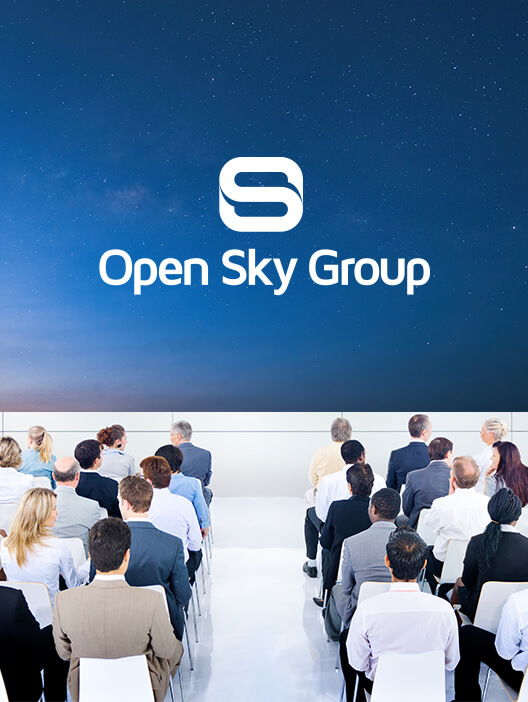As supply chains become increasingly agile and complex, optimizing labor is no longer a luxury – it’s a necessity. A well-executed Warehouse Labor Management (WLM) system can transform operations, reduce costs, and boost productivity. But success doesn’t happen overnight; it’s a journey – one that begins with visibility, maturing through performance tracking, and culminating into a fully engineered efficiency.
Let’s explore how your warehouse operation can successfully implement WLM using the Crawl, Walk, Run approach.
Crawl: Gaining Visibility
The first stage in the WLM journey is all about gaining visibility into your operations. Known as the “crawl” phase, this step focuses on capturing real-time data – not enforcing performance standards.
In the crawl phase, warehouses typically see a 5% reduction in labor costs simply by identifying inefficiencies through improved visibility. Rather than assigning target times, the system tracks time stamps for every user action, helping highlight bottlenecks and performance gaps.
Employees can adapt without added pressure, creating a culture of transparency and trust. The crawl phase also introduces schedule tracking and accurate logging of indirect labor, offering a more complete picture of workforce allocation. These early insights empower data-driven decisions and set the stage for future labor optimization.
Starting with visibility ensures your WLM strategy begins with a strong foundation – making it easier to drive long-term efficiency and productivity gains.
Walk: Measuring Units Per Hour (UPH)
With visibility established the next step is to introduce performance metrics. This phase focuses on measuring productivity through Units Per Hour (UPH), a key indicator of task efficiency.
In the “Walk” phase, the warehouse achieves an average of 15% workforce reduction by applying UPH standards based on one to three variables, such as item type or zone. These standards allow for fairer comparisons across tasks and employees. Workers are graded on their performance for individual tasks, which enables targeted coaching and recognition.
However, because UPH can be volatile when viewed in isolation, performance is assessed over time to ensure that averages are balanced, and evaluations remain fair.
This phase introduces accountability and begins to shape a performance-driven culture, while still allowing room for learning and adaptation.
Run: Fully Engineered Standards
the final phase brings precision and performance to the forefront. With a solid data foundation and fully trained workforce, the warehouse applies fully engineered labor standards that drive measurable efficiency.
In the “Run” phase, the operation sees an average 25% workforce reduction by implementing standards that factor in key operational variables, including grab difficulty, item weight, and travel distance. The system dynamically adjusts task credits based on complexity, delivering fair and transparent performance evaluations. This optimized approach supports both incentivization for high performers and constructive disciplinary actions when necessary, creating a balanced and high-performing work environment.
The warehouse achieves peak operational efficiency with a motivated workforce and a sustainable performance management system.
With fully realized labor standards in place, your warehouse reaches peak operational efficiency – maximizing throughput, productivity, and cost savings.
The Takeaway
Implementing WLM isn’t just about cutting costs, it’s about empowering teams, enhancing visibility, and building a culture of continuous improvement. By following the Crawl, Walk, Run model, the warehouse not only imrpoved productivity but also creates a more transparent, fair, and efficient workplace.
Are you ready to take your workforce to the next level of efficiency? Let’s chat.














